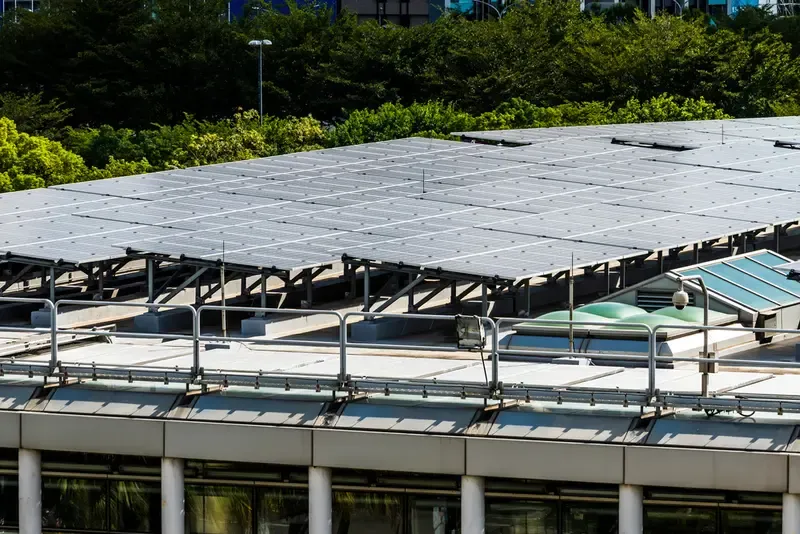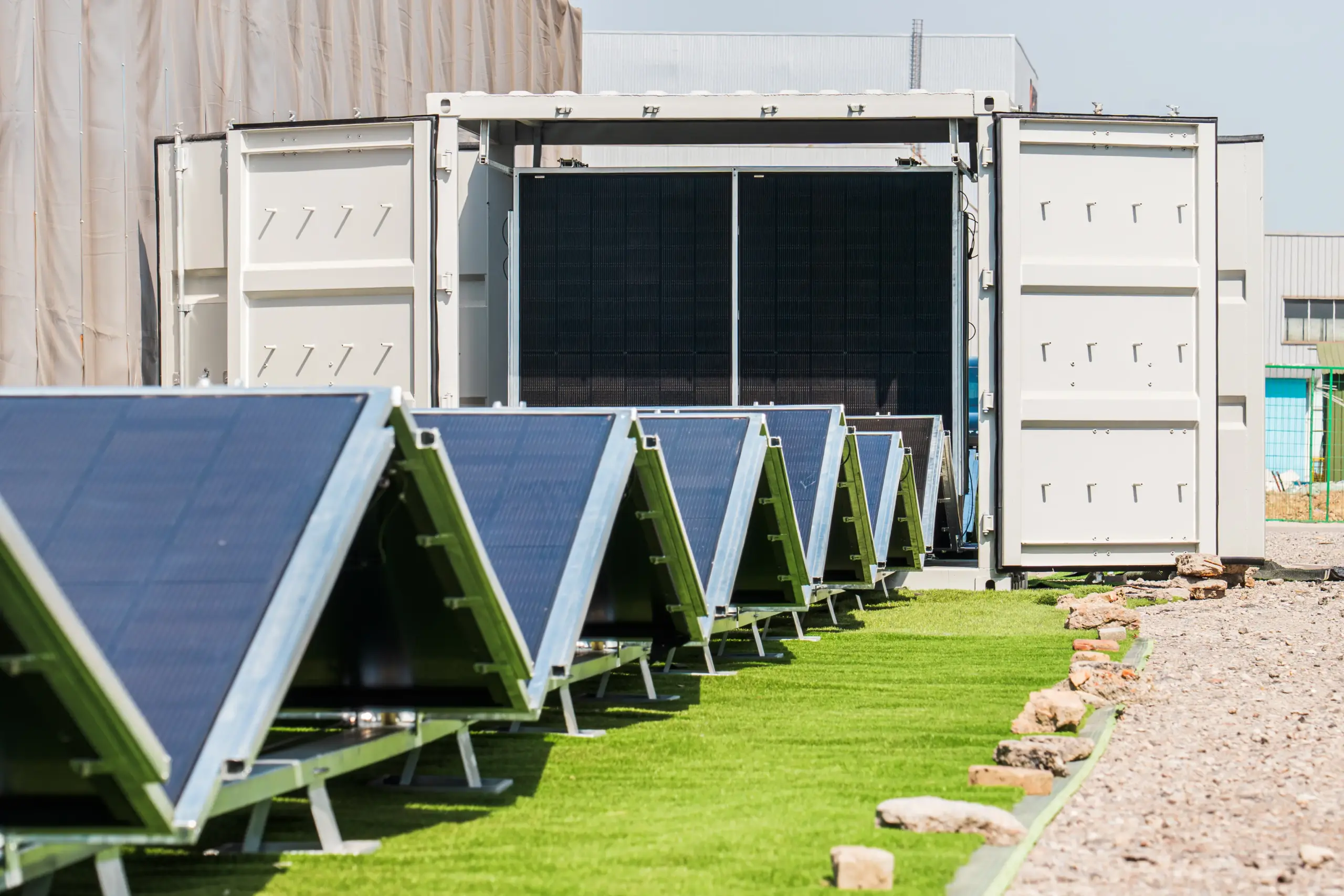Solar containers—prefabricated, portable power systems with solar panels and battery storage—are being increasingly considered for community-scale power backup, short-duration energy needs, and even long-term deployment in off-grid homes. Are, however, solar containers safe for neighborhoods?
It's a fair question. Home safety is not only an issue of reliable operation. It's an issue of fire safety, electrical compliance, noise, siting requirements, and adherence to local and international standards.
This article explains how solar containers are tested for safety in the home environment, what qualifies them for deployment in a neighborhood, and which regulatory frameworks apply in Europe and North America.
What Is “Safety” in a Home Energy System?
When photovoltaic containers are placed in close vicinity to dwelling houses, safety means the following:
- Electrical safety:No short circuit risk, overcurrent, grounding problems, or electric shock risk
- Fire safety:No thermal runaway, overheating, or arc faults
- Structural integrity:Weather resistance, resistance to impact from falling objects, and accidental contact
- Low noise emission:Low enough for a residential environment
- Electromagnetic compatibility (EMC):No electromagnetic interference with household electronics or networks
- User safety:Touch protection, locked enclosures, no exposed wiring
All of these considerations apply not just to the container's internal systems, but also to where and how it is installed.
What Safety Regulations Apply in the EU and U.S.?
United States Standards
Home solar containers in the United States must comply with:
- National Electrical Code (NEC 2023)– Specifically Articles 690 (PV Systems) and 706 (Energy Storage)
- UL 9540– Standard for energy storage systems
- UL 1741– For inverters and control interfaces
- NFPA 855– Fire safety for stationary energy storage
- AHJ (Authority Having Jurisdiction)– Local codes require fire department approval and building permits
High-quality systems are likely to be UL-listed and supported by certified third-party test reports.
European Union Standards
In the EU, the standards are:
- CE Certification– Mandatory for electrical equipment
- IEC 62619– Safety for lithium battery systems
- IEC 61427– PV energy storage performance
- EN 62485-2– Battery installation safety
- EMC Directive (2014/30/EU)– Limits radio/electronic interference
- Low Voltage Directive (2014/35/EU)– Renders low-voltage systems safe for households
Residential installations must often be carried out by qualified electricians.

What Inbuilt Safety Functions Should a Solar Container Have?
Solar containers for domestic use nowadays are engineered with several safety systems:
- Battery Management System (BMS)for monitoring temperature, current, and voltage
- Short circuit & overcurrent protection, i.e., breakers and fuses
- Thermal sensors and ventilation, activating fans or shutdown initiation
- Lockable access panelsto prevent unauthorized access
- Insulated and waterproof enclosures, typically IP54 to IP66 rated
- Ground fault detectionto alert users to potential insulation issues
Always check that these features are present and certified when looking at any solar container system.
Are Lithium Batteries a Safety Risk?
This question comes up a lot. Most solar boxes available in the market use LiFePO₄ (Lithium Iron Phosphate) batteries, which are well-known for:
- Better thermal stability than other lithium chemistries
- Little to no fire or explosion hazard
- Long service life (up to 6000 cycles)
- Better safety during storage and transport
Containers built for residential neighborhoods often satisfy UN 38.3 transportation safety test standards and may include built-in fire suppression and BMS controls. Lithium batteries can be safely used near homes when properly installed with ventilation.
Case Study: Residential Deployment in California
In 2022, a pilot project in Southern California installed 10 mobile solar containers across a suburban neighborhood. Each container provided:
- 10 kW solar generation
- 20 kWh LiFePO₄ battery capacity
- 2 AC outlets and multiple USB charging stations
- Wi-Fi repeaters and emergency lights
The systems were UL- and NEC-compliant, installed with city permission, and operated trouble-free for 12 months—including through grid outages and blistering summer heat. Weather-resistant cabling and rubber feet ensured no contact hazards in foot-traffic areas.
What Questions Should Homeowners or HOAs Ask?
Before installing a solar container in a community, ask:
- Is the system UL or CE certified?
- Are the noise levels less than 55 dB?
- Does it include fire protection and temperature control?
- Is active ventilation supplied to the battery enclosure?
- Is the enclosure tamper-proof and child-proof?
- Will installation be carried out by a licensed installer?
Having these matters settled in advance ensures smooth deployment and community acceptance.

Will Solar Containers Become a Mainstream Energy Solution for Communities?
They already are in most communities. In Germany, France, and California, containerized solar power systems are being used for:
- EV charging backup
- Shared garden power hubs
- Emergency housing developments
- Wildfire resiliency microgrids
With battery prices falling and demand for distributed energy on the rise, solar containers could become as common as rooftop PV systems in no time—especially where space or stability is in short supply.
If you need residential-safe systems that meet regulatory needs, this off-grid solar container from LZYESS is designed with safety, usability, and compliance in mind.
Overall, if well-designed and installed to high standards, solar containers can prove to be a safe and reliable energy option for domestic environments.

